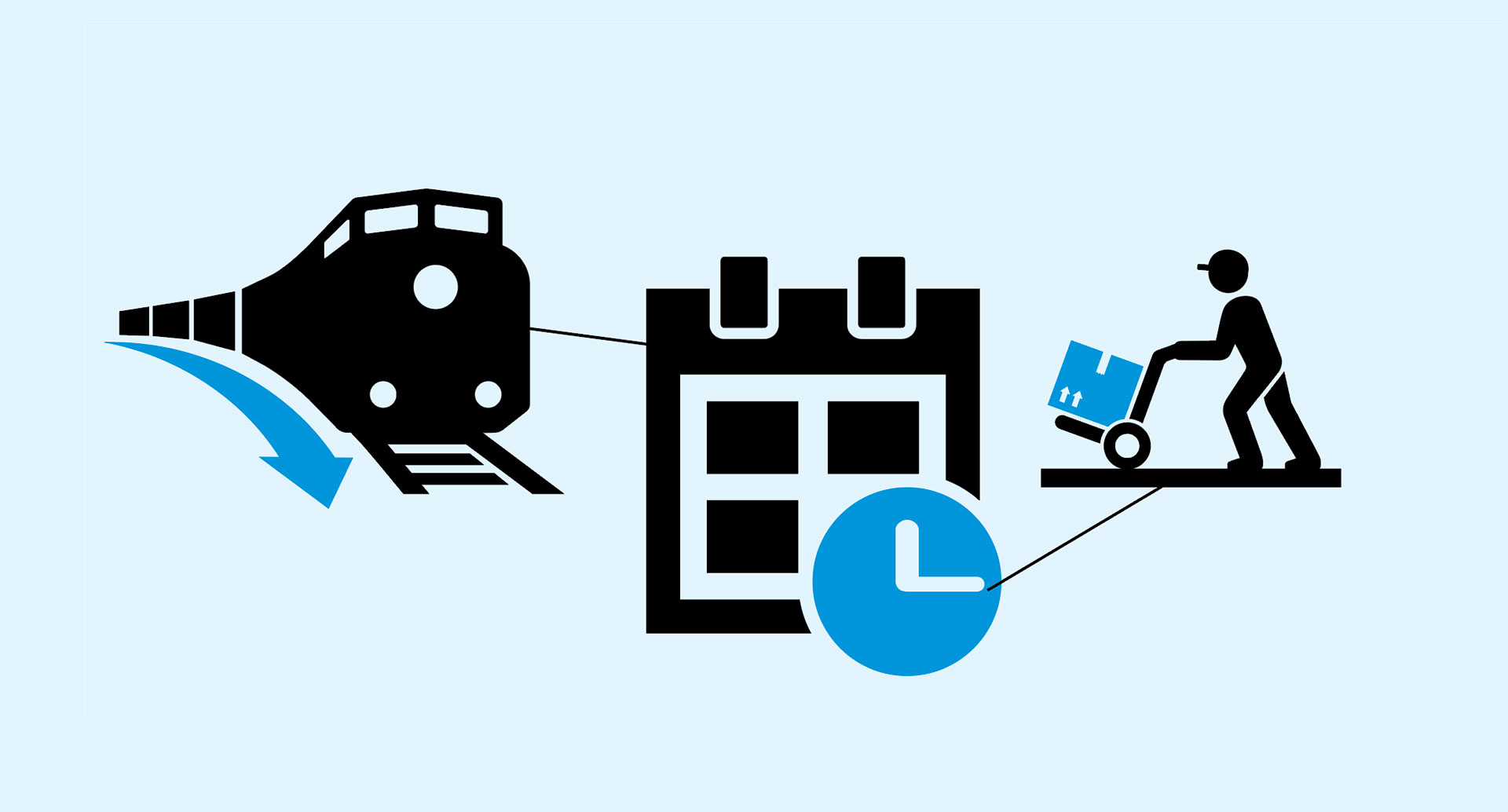Consumer product (CP) companies are sitting in hot water, right in the middle of a value chain that is transforming across almost every conceivable dimension. And it’s not a stretch too far to say that most are hot under the collar, and many have reached a tipping point.
There are two opposing forces at play that are wreaking havoc on CP supply chains: the need for more supply chain complexity, but also the demand for that complexity to be delivered more cheaply. For many CP organisations, these two forces simply can’t coexist in their supply chain without some serious changes. Furthermore, using a technology estate that is often fragmented with significant customisation, is proving a huge challenge for organisations operating on a global scale. They need to make a step-change in their capabilities, strategically and structurally, if they are going to be able to overcome the heat.
Supply chain complexity for consumer products
The complexity pressures for CP supply chains are coming in from multiple angles.
Consumer demands The trend of consumers wanting to buy through different channels has been accelerated during and following the pandemic, whether your customers are buying online, direct-to-consumer or through varied marketplaces.
Meanwhile, consumer demand for a more sustainable and responsible world is rightly driving leading organisations to rethink their purpose and long-term impact, too. Health and beauty CP businesses are seeing this demand particularly, with huge drives to provide ecommerce platforms and channel variation, as well as sustainability and innovation for products, production and supply.
Logistical holdups Behind consumer front lines, we’re seeing input pressures like issues of supply, including port bottlenecks and raw material and labour shortages. These are all factors pushing the need for CP organisations to adapt quickly, funnelling support to the commercial side of the business to drive growth and, in some ways, protect the top line.
Market innovations Increasingly fierce global and local competition, new channels, and new providers are all pushing CP organisations to produce better innovation agility and margin performance. They are needing to respond faster to market trends and deliver to a wider array of channel types and customer types with greater product innovation.
The result is just massive amounts of complexity for supply chains. It creates a very specific pressure for CP organisations around needing to deliver, and their supply chains needing to fulfil demand in very different ways. For some CP organisations, they are even shifting from manufacturing and marketing businesses to becoming retailers and/or service companies in order to cope.
Margins cut further for high-volume, low-value consumer goods
It’s ever the case that supply chains are under pressure from a margin perspective to support the business – in fact, it’s the biggest part of the cost base for CP organisations.
Unprecedented rising costs The current climate, as well as the ongoing fallout from the pandemic, is causing costs at every stage of the supply chain to rise, tightening profit margins. A backlog of shortages for products and raw materials is pushing costs higher to obtain these ordinarily high-volume, low-value goods. We’ve seen many companies even having to pay higher air shipping fees to move goods and avoid the bottlenecks at ports. Safety stocks have also increased due to the challenges in the continuity of supply, bringing up the cost of storage and warehousing, too.
Meanwhile, if you’re the likes of a food manufacturer, for instance, and input price rises are coming from the situation in Ukraine, as well as challenges around Brexit, then those pressures have become incredibly acute.
Many companies are paying higher air shipping fees to move goods and avoid the bottlenecks at ports. Safety stocks have also increased due to challenges
How are consumer product organisations responding?
The only way to manage this tipping point is through technology and driving optimisation. If CP organisations need to create value for the front end of the organisation, they’ve got to try optimisation in the back.
The investments in best-in-class capabilities are enabling just that, across product/service innovation, marketing, ecommerce, net revenue management, and demand sensing. The effect can also be seen across end-to-end planning, strategic sourcing, transportation management and order orchestration.
Again, the challenge comes from a significant amount of investment, structural change, and alignment around the globe. That’s the space most consumer goods companies are now in – looking at those investments and thinking about how they can drive that maturity in the supply chain.
Maturing technology is providing a solution However, the behemoth programmes of the past, that spiralled in terms of time and cost, and rarely delivered on the promise, would be enough to make any chief experience officer think twice.
While an automotive organisation might have ten major factories, a consumer products company might have the complexity of 100 factories around the world. So, up until now, most CP organisations have rightly focussed on individual business capability projects.
Under this new tipping point of pressures, we are now seeing that same technology investment trickling down through to increasing numbers of fast-moving CP organisations. The business case is starting to work for their high-volume, low-value supply chains. As we start to see the maturity of the technology, the price points are starting to come down, the advantages of modern ERP platforms are growing, and technology is also enabling organisations to scale it to global operations.
While an automotive organisation might have ten major factories, a consumer products company might have
the complexity of 100 factories around the world
Ensuring the best technology results for CP supply chains
The opportunity lies in how businesses might make their supply chains smarter. Organisations will need to create an interconnected set of transformation programmes, coordinated in parallel. Business capability projects, an ERP modernisation programme, a transformation to cloud, a data and insights programme, and an operating model transformation should all work in tandem to deliver new value from shared service and above market models.
Ensure data is at the forefront, and not the poor cousin Data should sit alongside technology investments as the critical enabler. Every part of structural change for CP organisations demands a need for rich analytics and AI capabilities with a strong data foundation, thereby providing the ability to have the data, the ability to derive insight from it at scale, and finally your ability to then execute.
Bringing internal data from across the organisation alongside ever growing sources of external data and insights should enable improved demand sensing. Therefore, a demand planning offering can really understand what the demand profile is going to look like against this very complex customer and consumer landscape.
Achieving this full visibility from sourcing and manufacturing to logistics allows CP organisations to be as effective as possible in sending the right signal out into their supply chain.
With good foundations, you can (and should) drive pace through
industrialised roll-outs By implementing the template design phase deep enough to achieve confidence across trade archetypes and business stakeholders, you can bring to life key aspects of the solution that the business needs to be able to touch and feel. After this, the pilot can be viewed as the proving ground for a fast and industrialised deployment approach and benefit delivery.
In the raging pressure cooker of challenges surrounding consumer product supply chains, the organisations that are choosing to make the investments and execute them effectively can ride the tipping point wave with ease and finesse.




